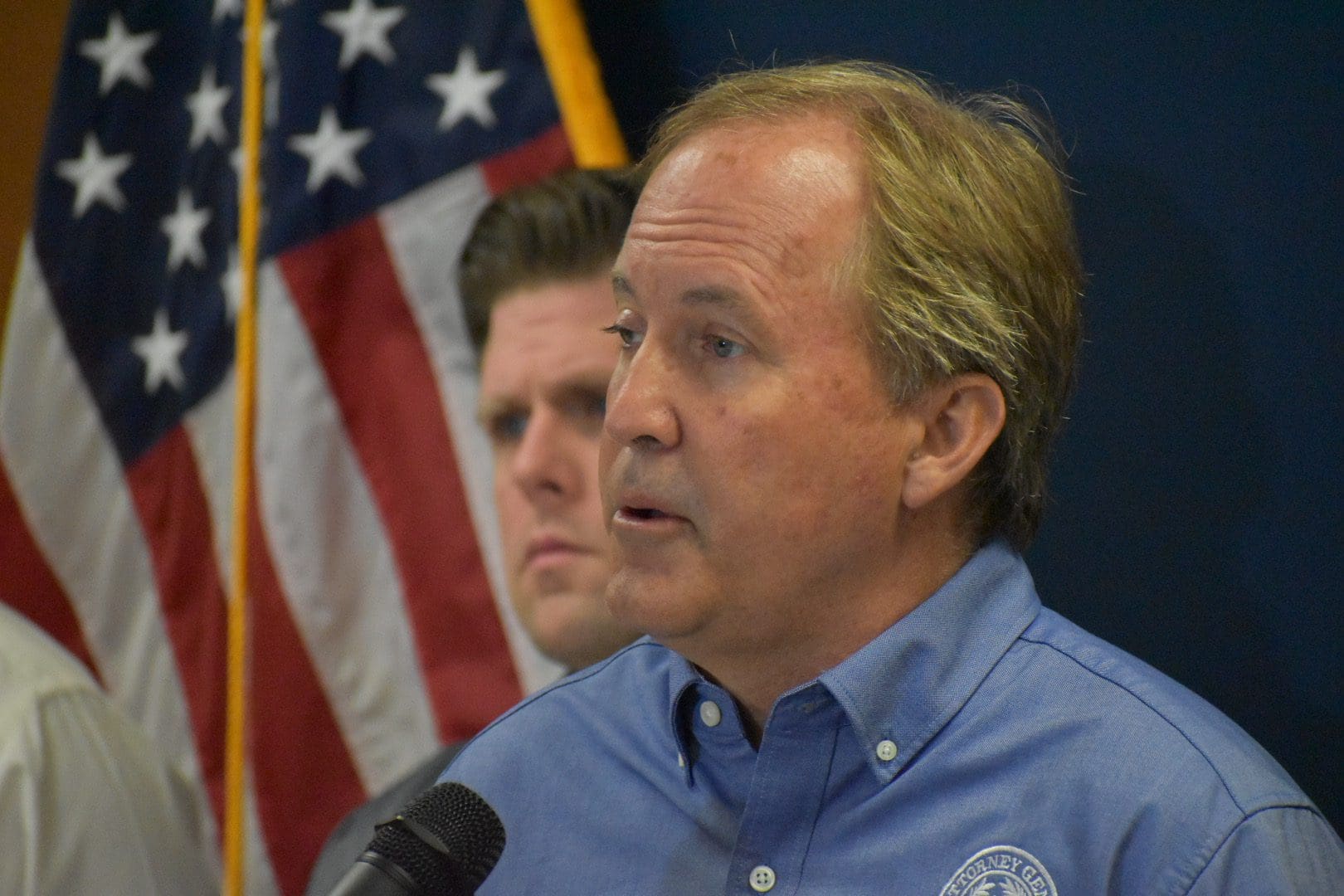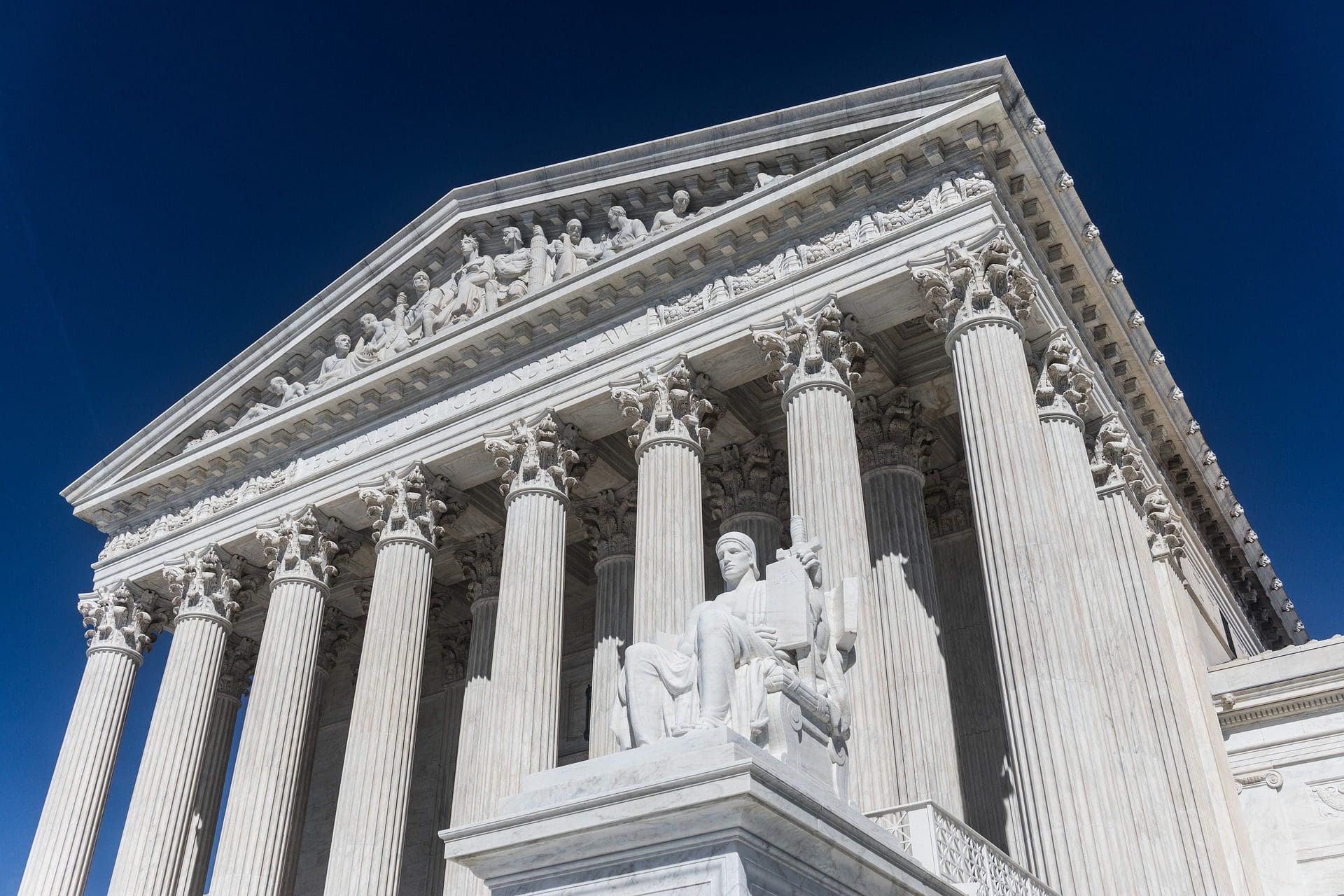Dallas’ City Council clasped hands last week with the Tarrant Regional Water District to spend millions of tax dollars to encourage people to use less water, and are hoping to get the North Texas Municipal Water District to join.
Approved at a previous council meeting, the five year $3,350,000 advertising campaign will be a joint program between Dallas and the TRWD. Their goal is to target the DFW Metroplex with the same messaging, while this year increasing their use of social media, advertising on streaming networks, and also increasing their Spanish outreach.
Terry Lowery, Director of the Dallas Water Utilities Department, also said they hope to bring the North Texas Municipal Water District, which includes Collin County among others in northeast Texas, into the program by 2020.
“Through the efforts of this program over the past ten years we have extended our water supply almost three years. At a total cost of $3 – $5 million a year, that is an incredible savings for the rate payers of Dallas.”
Some of the council members didn’t seem to agree with Lowery’s assertion and questioned the effectiveness of the campaign. “It seems like an awful lot of money, and I don’t like five-year agreements,” said District 14 Councilman David Blewett. “I’m also not seeing measurable amount of returns for that amount of money.”
Other council members were also not so thrilled about the cost.
“I think that there’s definitely some irony there in wasting a lot of paper in trying to conserve water,” District 7 Councilman Adam Bazaldua told Lowery, referring to the over 200,000 paper inserts mailed with water bills. He went on to ask if they couldn’t just put a conservation message on the same page as the water bill. Lowery replied that there is a link to the conservation message in the e-bills they send out.
When Lowery said that Dallas was required to have a “state approved” water conservation plan, District 13 Councilwoman Jennifer Gates grilled her on whether or not everything, including this marketing plan, was required.
“We have incentive programs, we have public awareness outreach, we have education, we also have policy, city ordinances that protect the water supply,” Lowery answered.
“To me [the TRWD] should pay more,” said District 8 Councilman Tennell Atkins. “Because we do not have authority on the board.” He asked Lowery if Dallas had a larger territory to cover than TRWD, to which Lowery said “I don’t know.” She went on to say that Dallas’ contribution would not go above $675,000 (City of Dallas Financial Documents state the amount will be $670,000 a year).
“Go back and ask for more money [from TRWD],” Atkins concluded.
Interestingly, the TRWD unanimously approved their portion of the agreement in May, but their numbers do not match Dallas’. Their document states that Dallas would contribute $583,334, a difference of over $91,000. The same amount is expected from the NTMWD.
Considering the history of the TRWD, any financial agreements involving other local governments should be closely monitored by taxpayers.
And is there a water shortage or waste? If there is, why not simply encourage homeowners to water their lawns at night and only 2 – 3 times a week?
Taxpayers should also seek transparency about the metrics used to determine the effectiveness of the campaign. Those in the NTWMD area should be on the alert for their own water district joining.
Bottom line: Is this a wise use of taxpayer funds?
Jacquelyn Anderson, a taxpayer in the City of Fort Worth, contributed to this article.





